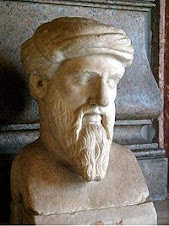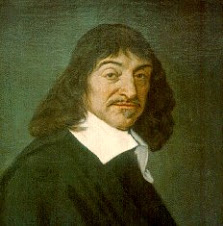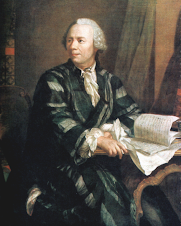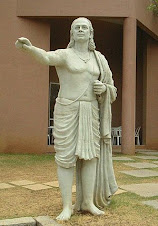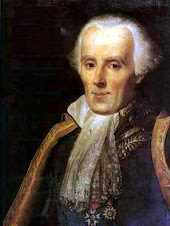PUZZLE 15
A two-digit number, read from left to right, is 4.5 times as large as the same number read from right to left. What is the number?
PUZZLE 16
Some ducks are marching across a path. There's a duck in front of two ducks, there's a duck behind two ducks, and there's a duck in the middle of two ducks.
What's the least number of ducks that there could have been?
SOLUTIONS
PUZZLE 15 : 18 and 81
PUZZLE 16 : 3 Ducks.
FOR MORE PUZZLES CLICK HERE

















